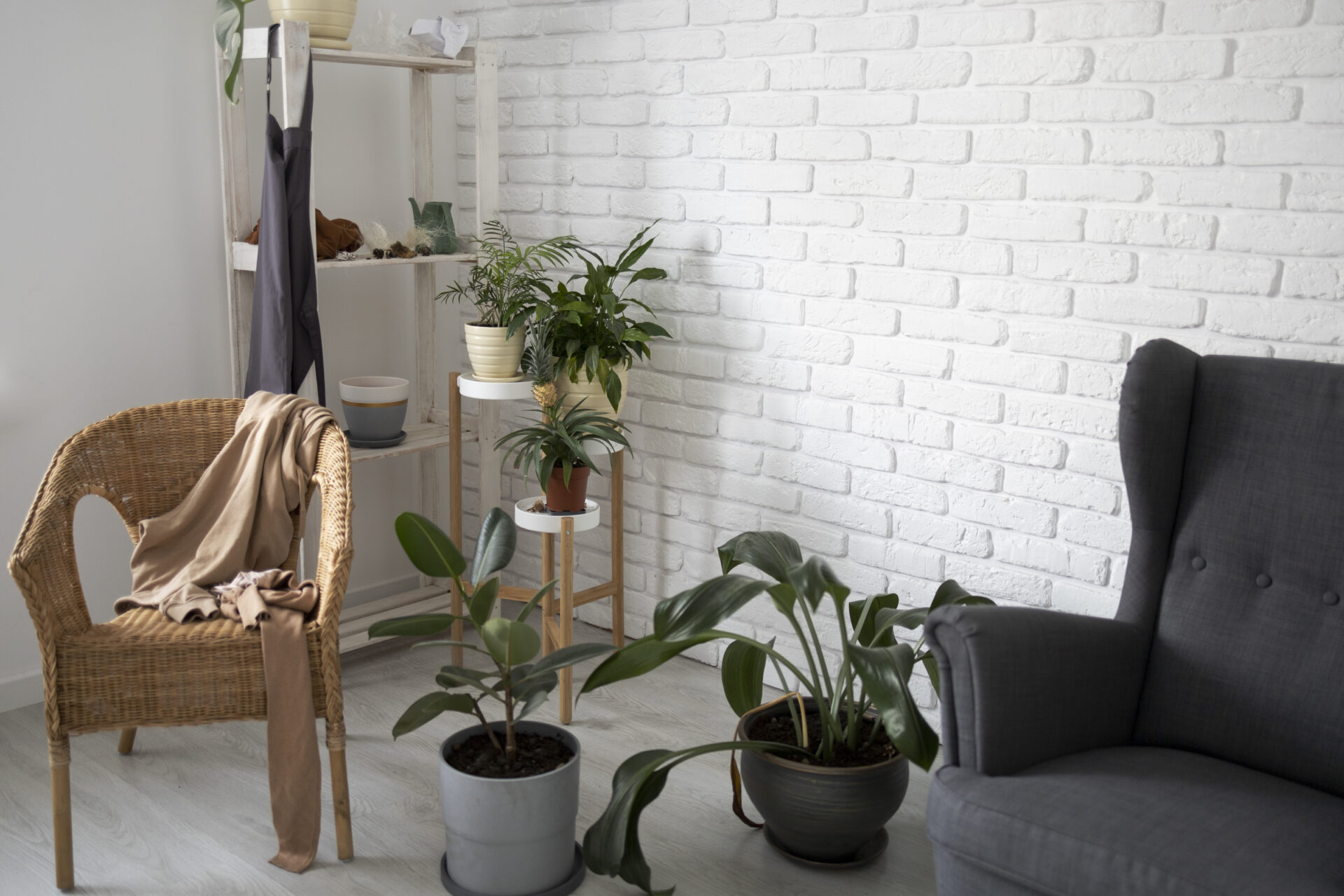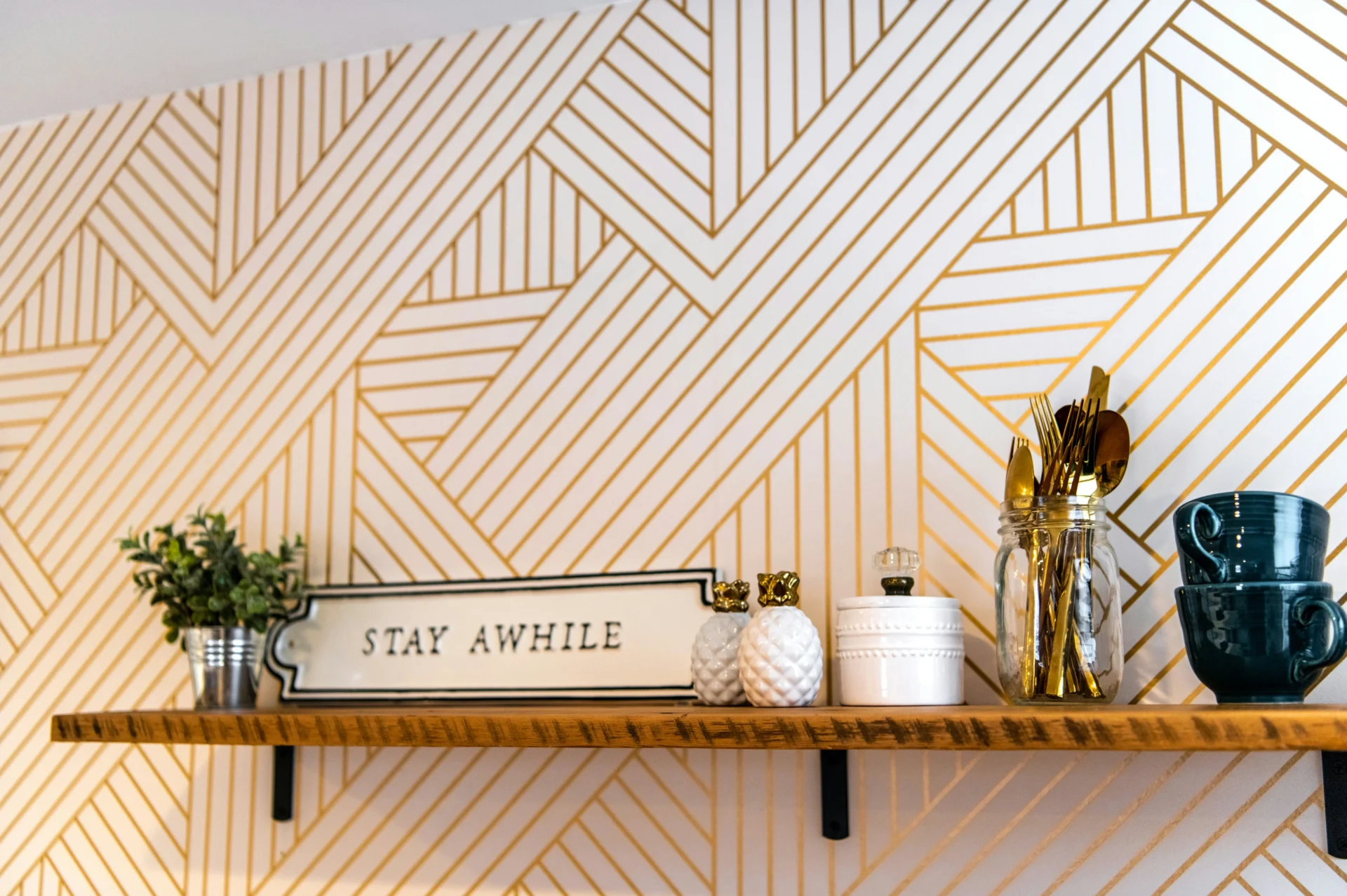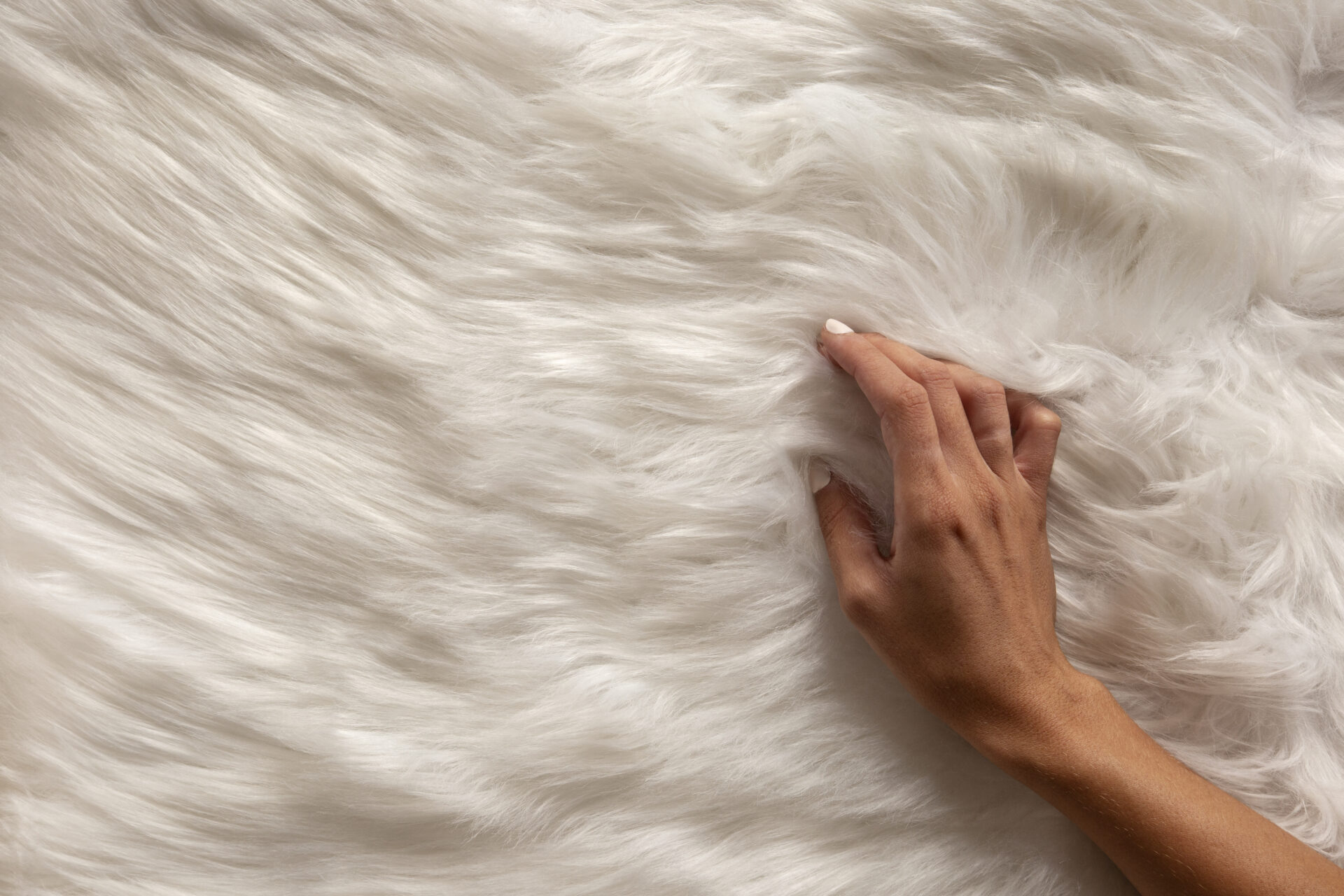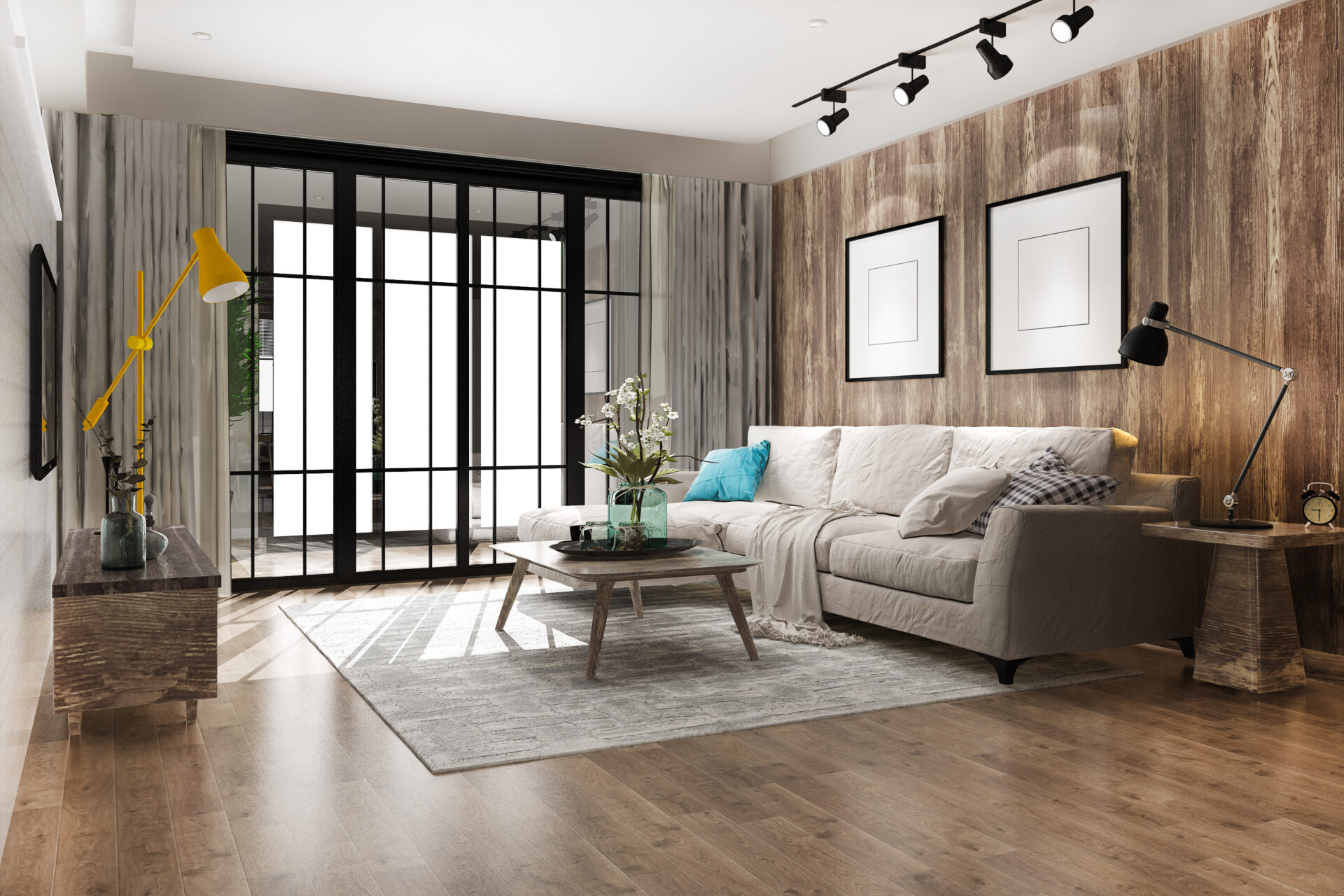
Sustainable Living: Top Eco-Friendly Materials for Your Home
Contact UsIntroduction
As environmental awareness increases, more homeowners are choosing to incorporate sustainable practices into their living spaces. One effective way to contribute to a healthier planet is by selecting eco-friendly materials for your home. These materials not only reduce your environmental footprint but also offer durability and natural beauty. This blog explores the top eco-friendly materials you can use to enhance your living space while aligning with sustainable living principles.
Why Choose Eco-Friendly Materials?
Choosing eco-friendly materials for your home goes beyond just protecting the environment. It also ensures healthier indoor air quality and can often save money in the long run through greater durability and energy efficiency. By selecting sustainable options, homeowners demonstrate a commitment to the well-being of the environment and future generations.
Top Eco-Friendly Materials for Your Home
Bamboo: Versatility and Renewability
- Fast-Growing: Bamboo is one of the fastest-growing plants on Earth, making it a highly renewable resource.
- Durable and Stylish: Known for its strength and versatility, bamboo can be used for flooring, furniture, and even textiles, offering a stylish aesthetic that competes with traditional hardwoods.
Recycled Steel: Strength and Efficiency
- Conserves Resources: Using recycled steel reduces the demand for new materials and minimizes waste.
- Energy Efficient: Structures built with recycled steel are often more energy-efficient, making it an ideal choice for modern, eco-friendly homes.
Cork: Comfort and Soundproofing
- Sustainable Harvesting: Cork is harvested from the bark of the cork oak tree, which regenerates over time, making it an excellent sustainable resource.
- Natural Insulator: Besides being comfortable to walk on, cork naturally insulates homes against heat and sound, enhancing energy efficiency.
Reclaimed Wood: Character and Conservation
- Reduces Waste: Utilizing reclaimed wood helps reduce deforestation and landfill waste as it repurposes timber from old buildings, fallen trees, or leftover construction materials.
- Unique Aesthetic: Each piece of reclaimed wood brings a unique history and character to furniture, flooring, or accent pieces, making your home decor truly one-of-a-kind.
Recycled Glass: Beauty and Versatility
- Eco-Friendly Decor: Recycled glass can be transformed into beautiful countertops, tiles, and decorative items, reducing landfill waste and requiring less energy than manufacturing new glass.
- Colorful Options: Available in a wide range of colors and patterns, recycled glass adds a vibrant or elegant touch to any room.
Incorporating Eco-Friendly Materials into Your Home
- Start Small: Even small changes can make a big difference. Consider starting with eco-friendly paints or swapping out a few furniture pieces for those made with sustainable materials.
- Think Long-Term: Invest in high-quality, durable materials that will last longer, even if they come with a higher upfront cost. This reduces the need for frequent replacements and minimizes waste.
- Combine Aesthetics with Sustainability: Look for ways to blend eco-friendly materials seamlessly into your existing decor to create a space that is both beautiful and sustainable.
Conclusion
Eco-friendly materials are no longer just a trend but a practical approach towards sustainable living. By choosing materials like bamboo, recycled steel, cork, reclaimed wood, and recycled glass, you not only enhance the aesthetic of your home but also contribute to a healthier environment. Embrace these sustainable choices to create a home that reflects both your style and your commitment to the planet.
Ready to transform your home with eco-friendly materials? Contact Thomas Vooght for expert guidance on sustainable living solutions. Let us help you make choices that benefit both your lifestyle and the environment.




